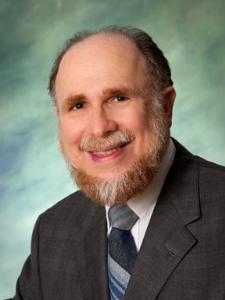
David G. answered • 01/18/20
Professor with much tutoring experience, including AP Statistics
These are all questions about the Binomial Distribution, where there are exactly two possible outcomes for the events under consideration.
We need to use the probability fact that P(A) = 1 - P(A-complement)
and P(X = k) where X is the number of "successes" in n trials where probability of success is p
is given by nCk p^k ((1-p)^(n-k) Here nCk is number of combinations of n objects taken k at a time.
5.2/6 p = .20, n = 6
a) k = 0,
We want P(X = 0)
which is 6C0 .20^0 .80^6 = 1 * .80^6 = .2621 (rounded to 3 decimal places is .262)
The remaining problems 5.6/3 and are
b) P(At least 1 person has done a one-time fling)
= 1 - P(no people have done a one-time fling) = 1 - P(X = 0)
= 1 - .2621 = .7379 (rounded to 3 decimal places is .738)
c) P(No more than 2 people have done a one-fling) =
1 - P(0 people have done a one-time fling OR 1 person has done a one-time fling OR 2 people have done a one-time fling)
Since these events are disjoint, this is the same as
1 - [ P(0 people have done a one-time fling) + P( 1 person has done a one-time fling) + P( 2 people have done a one-time fling)]
We have calculated P(0 people have done a one-time fling) = .2621 in part a)
Now, P( 1 person has done a one-time fling) = 6C1 .2^1 .8^5 = 6 * .2^1 * .8^5 = .3932
and P( 2 people have done a one-time fling) = 6C2 .2^2 .8^4 = 15 * .2^2 * .8^4 = .2452
So, the desired probability is 1 - [.2621 + .3932 + .2452] = 1 - .9005 = .0995 (rounded to 3 decimal places is .100)
The remaining problems 5.2/7 and 9 are done similarly.




